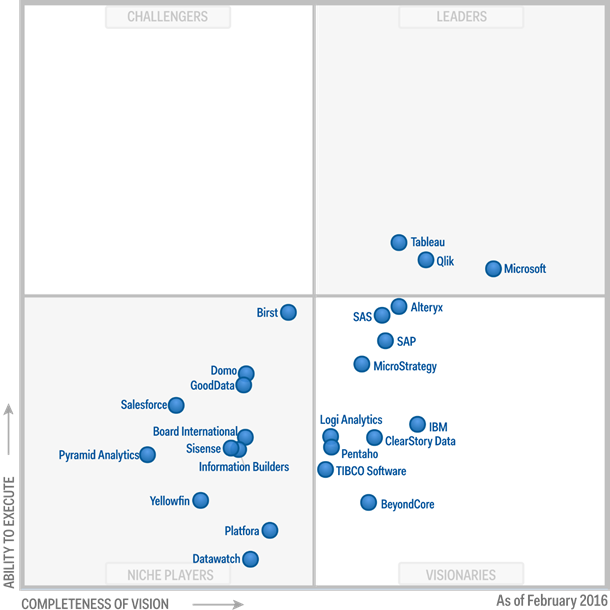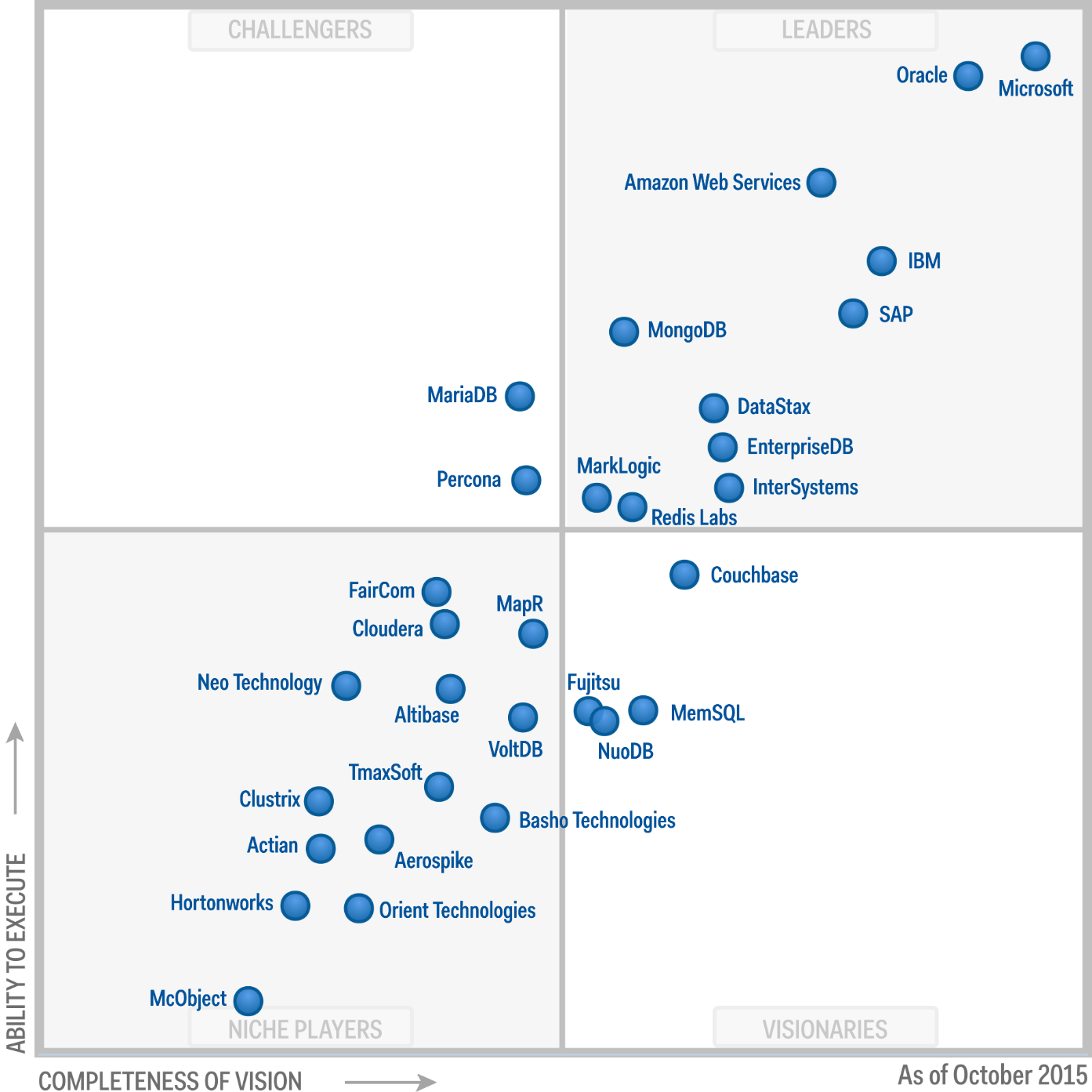I'm an ex-Microsoft employee who sold their BI toolset - I'm currently with Tableau.
To address your initial question. A "Power+" user can generally get Qlik up and running fairly quickly -- faster than if that user needed to learn a BI platform like Microsoft/ IBM / SAP Oracle. Everything you need is in one place and you don't need to worry about installing / configuring / caring for multiple components like you do with Microsoft - SQL Server, SQL Analysis Services, SharePoint (at least).
In my opinion, Qlik needs fewer "tech people" than the same solution created with the Microsoft platform. Qlik's scripting / importing capabilities are a little "techy / clunky", but once you get past that, things aren't very difficult - I figured it all out in an afternoon.
If you're dealing with large data sets, you will have to invest some $$ in RAM, because Qlik must load the entire dataset into memory. Yes, RAM is relatively cheap, but data sizes are growing faster than the cost of RAM is coming down - so it's something to think about.
Since Qlik needs to "own all the data" inside it's in-memory database, it may be challenged down the road. For example, you're going to see very few people running "big data" stores like Teradata / Greenplum, etc. putting Qlik on top b/c of of the HW requirements to re-store all the data. Microsoft is more flexible in that regard is it CAN store data either in memory (the new Tablular Data Model of SSAS) or go directly to the data in the original database.
You'll find user acceptance is generally much higher for the "Data Discovery" tools like Qlik, Tableau and Spotfire - Users just tend to "get" these tools and feel more in control of what's going on. They can get their work done with less assistance from IT.
I completely agree with the previous poster - you really should consider additional tools in the "Data Discovery" space when doing a bake-off against Microsoft - there are free / eval versions of Tableau, Spotfire, and Qlik - try them each out. I'm, of course partial to Tableau - it's friendlier still than Qlik, allows for in-memory storage or can connect "live" to the data source, and has very high-end visualizations.
Good luck and have fun!


